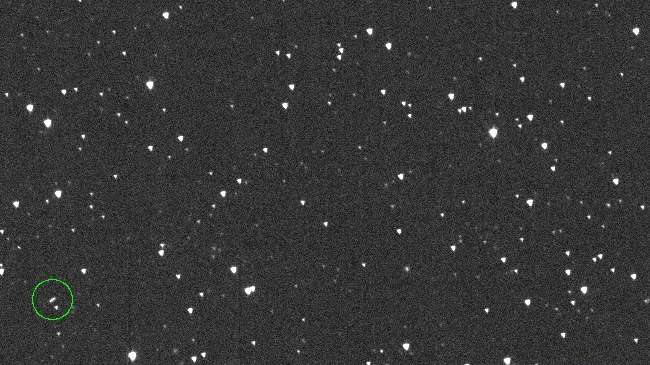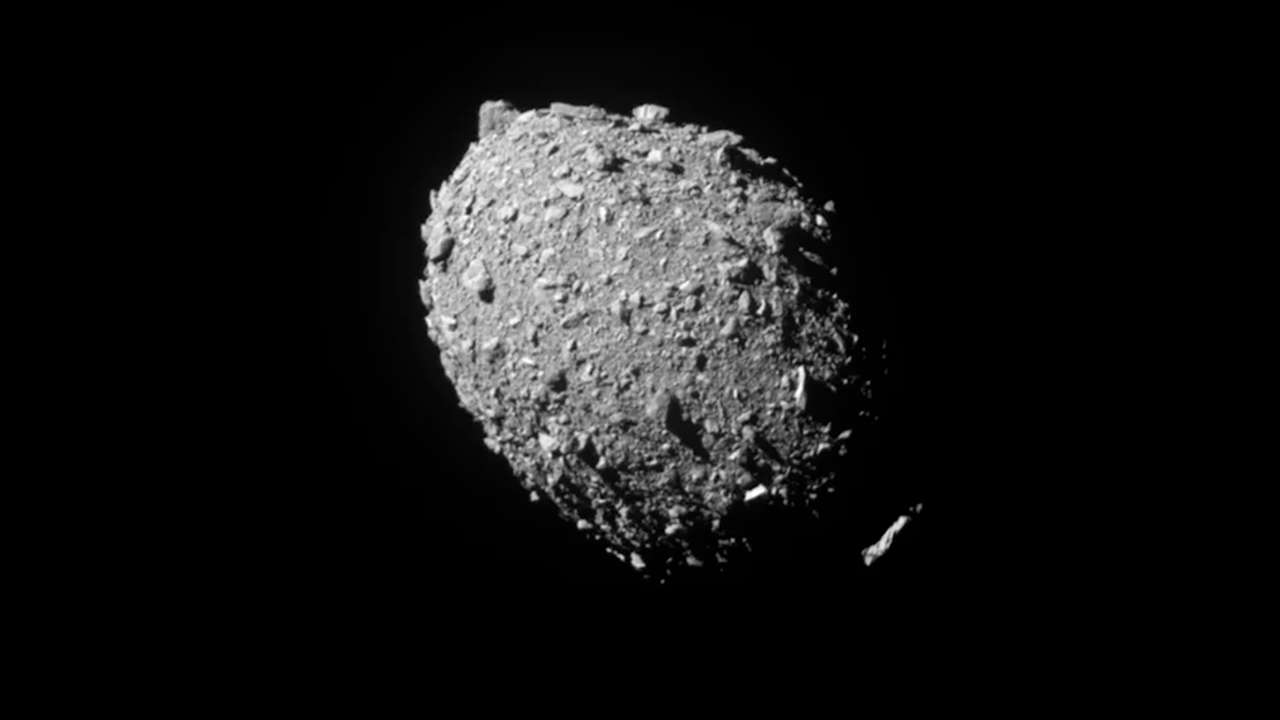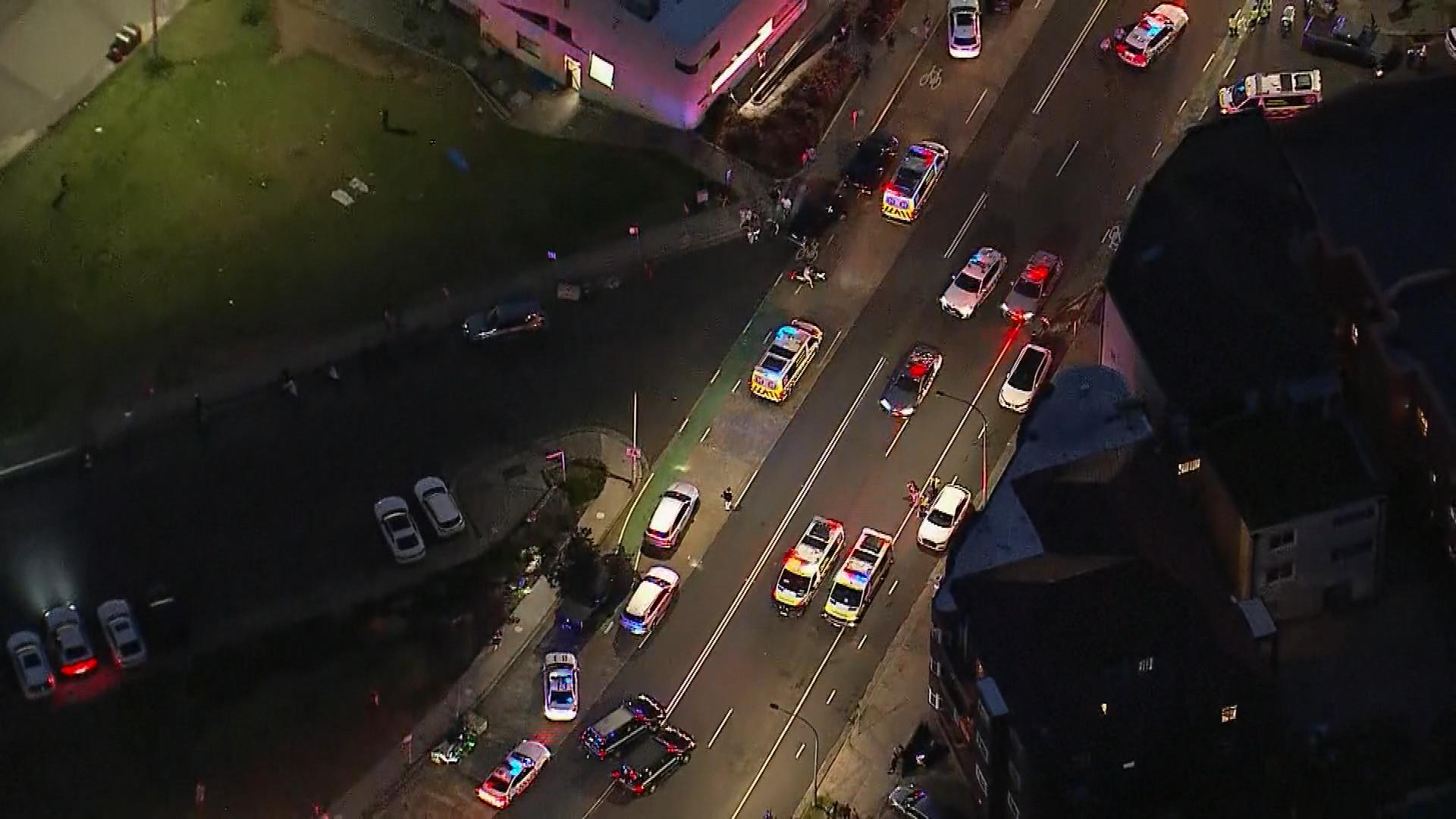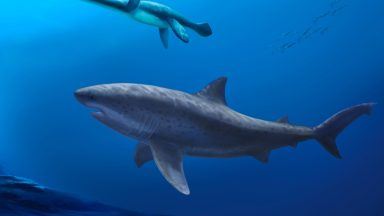The risk of a newly discovered asteroid hitting Earth has fallen after Nasa initially gave it the highest-ever impact probability for its size.
Asteroid 2024 YR4, now has a 1.5% chance of colliding with Earth in December 2032, down from 3.1%, the agency said.
However, the European Space Agency (ESA) has slightly different odds saying there is a 2.2% likelihood of a collision in seven years’ time.
So, when exactly could the asteroid hit Earth and what would happen if it did?
What is 2024 YR4?
Asteroids are ancient chunks of rock that have been circulating the solar system since its creation.
A new asteroid was discovered on December 27 last year and scientists gave it the name 2024 YR4.
It came closest to Earth on Christmas Day, two days before it was first spotted, passing within around 500,000 miles of Earth.
That is around twice the distance of the Moon.
How big is it?
Space rock 2024 YR4 is estimated to be 130 to 300 feet wide (40 to 100 metres).
When could it hit?
Scientists have set the potential impact date for the 2024 YR4 asteroid as December 22, 2032.
Where could it hit?
Ultimately, it is too soon to know where it might land if it did hit Earth.
However, luckily for the UK, the country is not in the current predicted “impact risk corridor”, which is the area where the asteroid could land, according to the International Asteroid Warning Network (IAWN).
This corridor stretches across the eastern Pacific Ocean, northern South America, the Atlantic Ocean, Africa, the Arabian Sea, and South Asia, the IAWN said.
What would happen if it did hit?
Even if 2024 YR4 did collide with Earth, scientists currently aren’t expecting it to have devastating effects due to its estimated size and the fact that it would likely fall into a remote area or ocean.

The ESA said that the space rock “is small enough that the effects of any potential impact would be on a local scale”, meaning they are not anticipating a strike anywhere near as catastrophic as the Chicxulub impactor asteroid, which is widely thought to have caused the extinction of the dinosaurs.
If the asteroid could cause “severe blast damage” as far as 50 km (31 miles) from the impact site, scientists say.
When will we know more about the asteroid?
Scientists are continuing to observe the asteroid, including through the world’s largest and most powerful space telescope, as more data is needed to properly assess its size and any potential risk.
The James Webb Space Telescope is set to focus on the asteroid in March, before it gradually fades from view over the subsequent months.
Astronomers are also pouring over research from 2016, which is when the asteroid was likely to have last been close to Earth.
They will then next be able to properly observe 2024 YR4 when it comes closer to Earth in 2028.
Are scientists concerned?
As of February 10, 2024 YR4 has around a 98% chance of safely passing Earth in 2032 but that number could fluctuate in the coming years.
“It is possible that 2024 YR4 will be ruled out as an impact hazard, as has happened with many other objects that have previously appeared on the NASA JPL asteroid risk list. It is also possible its impact probability will continue to rise,” NASA said.

The ESA said if this asteroid follows the pattern of other near-Earth asteroids after their discovery, the chances of impact will rise and then fall.
For example, the asteroid Apophis was considered one of the most hazardous asteroids when it was discovered in 2004, with the potential to strike Earth in 2029.
In 2021, scientists revised their estimates of the risk posed by the cruise liner-sized space rock after a precise analysis of the asteroid’s orbit.
Earth gets hit by an asteroid of this size around every couple of thousand years, and currently there are no other asteroids looking like they could collide with our planet.
Follow STV News on WhatsApp
Scan the QR code on your mobile device for all the latest news from around the country



























